A Circuit Appeals Court has decided that the FCC does not have the authority to require Internet providers treat content you want to view online equally. They can made their own decisions to slow or block content. The judgment is based on the position that government agencies cannot make policy decisions it can be argued should be made through legislation. Net neutrality has come and given depending on which party dominated the political scene with Democrats protecting neutrality and Republicans siding with corporations.
Part of the argument has long been that some proportion of citizens could not make decisions for themselves if they had no realistic choices among providers. While access has improved, multiple access options are still unavailable to all. The other concern has been the opportunity of Internet providers to be self-serving if they happen also to provide access to a certain type of content (e.g., a video service). The impact of these arguments has come and gone with the political climate. Politicians could make a decision on this matter similar to the “common carrier” argument that justifies greater user control of telephone experiences, but the contentious nature of the present environment would seem to make this unlikely.
![]()

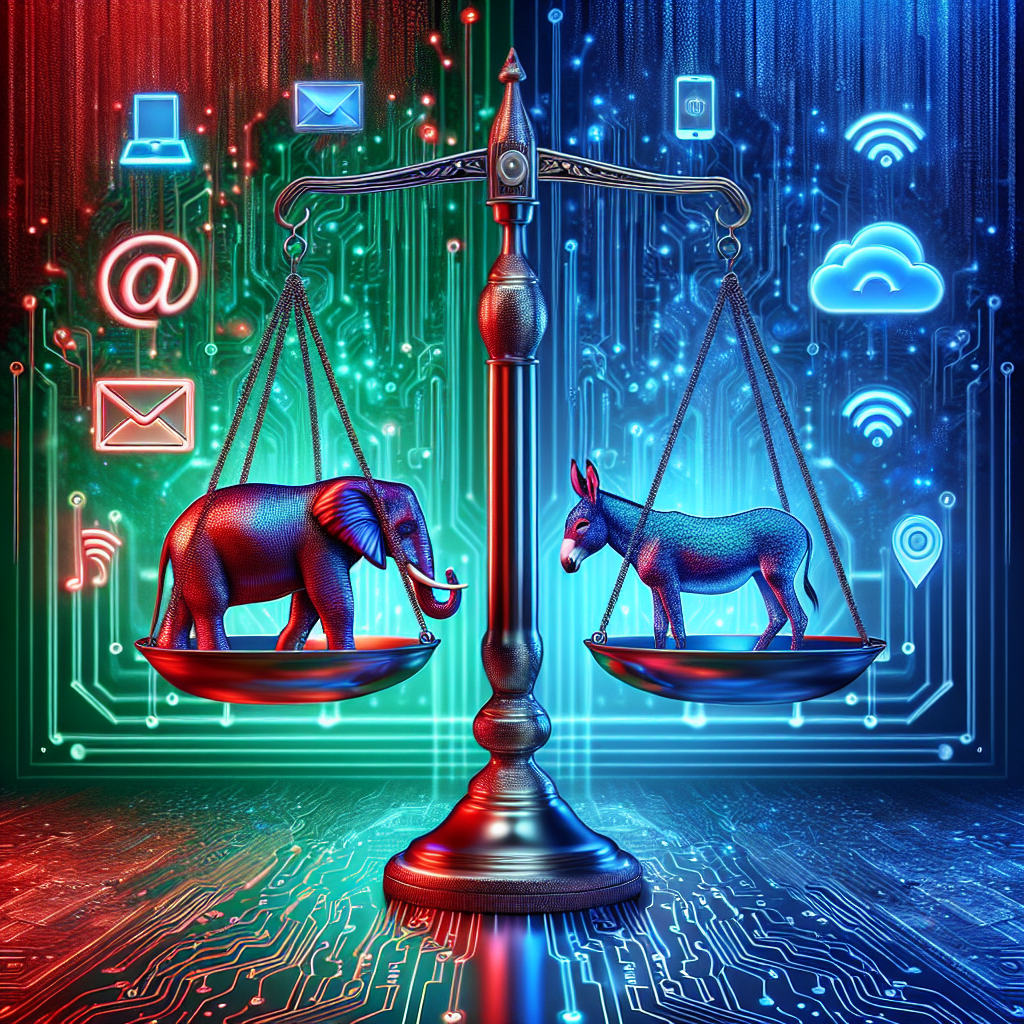
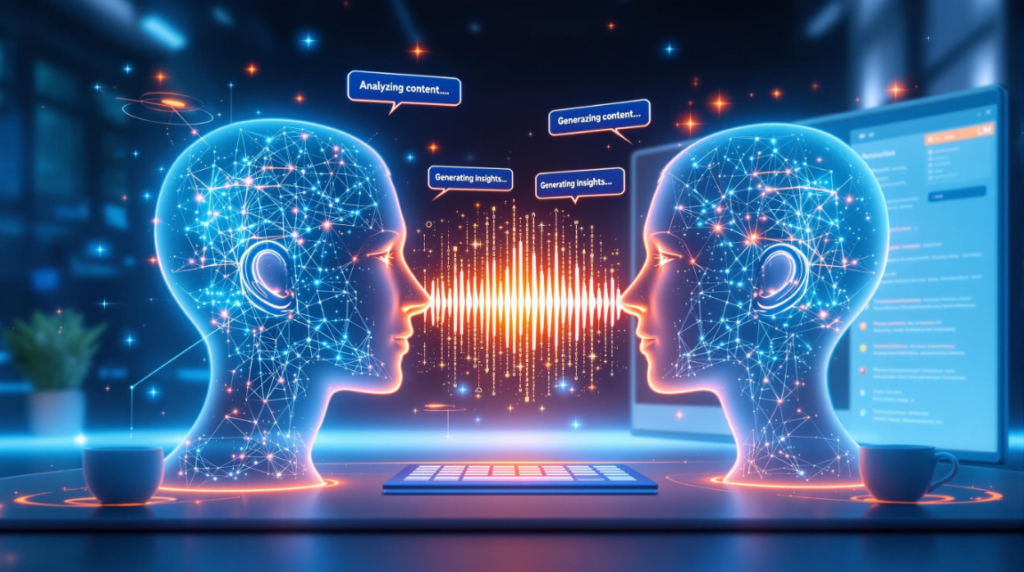
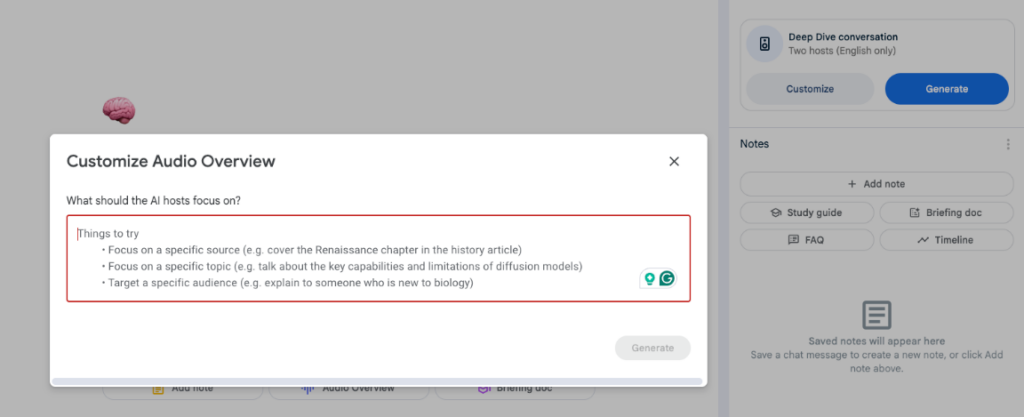
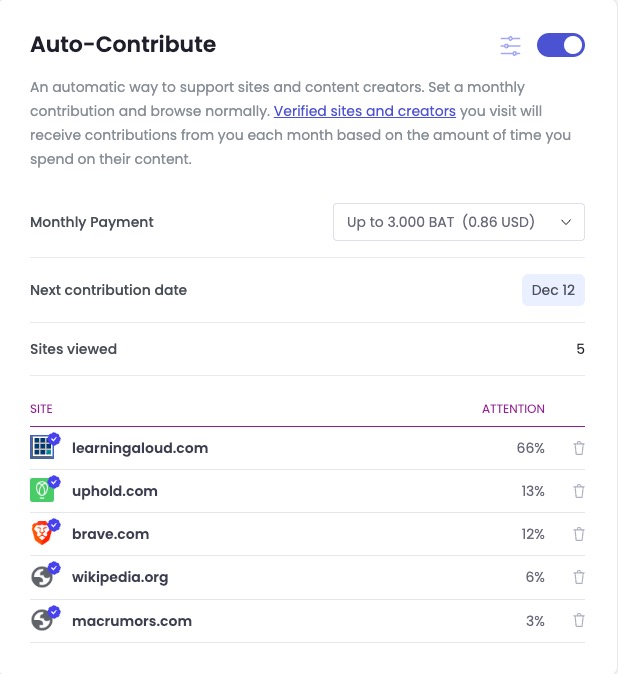

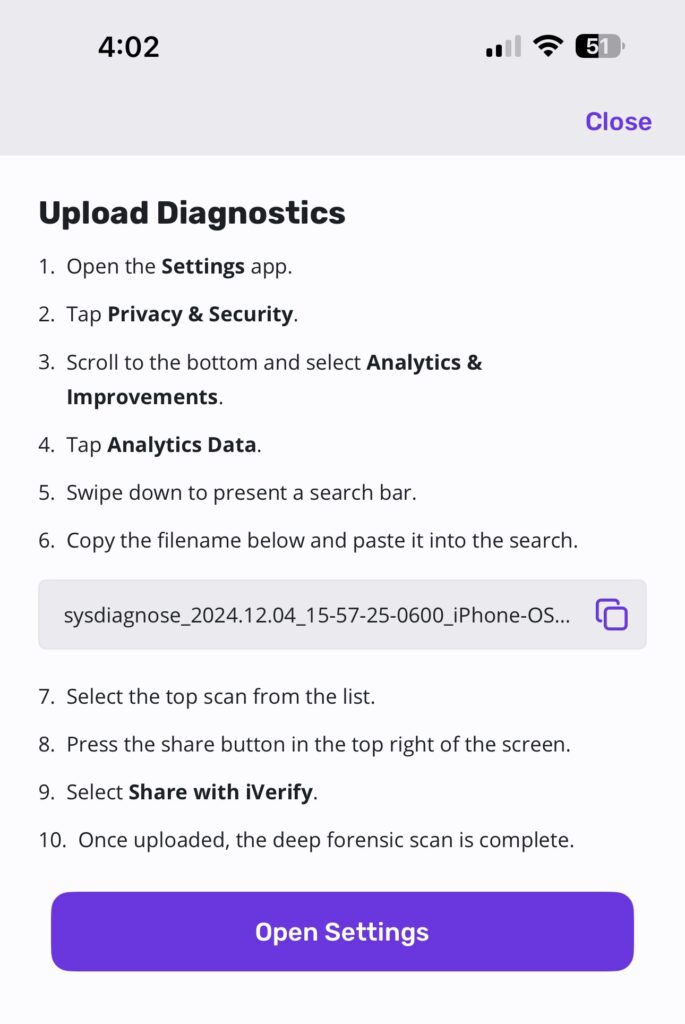
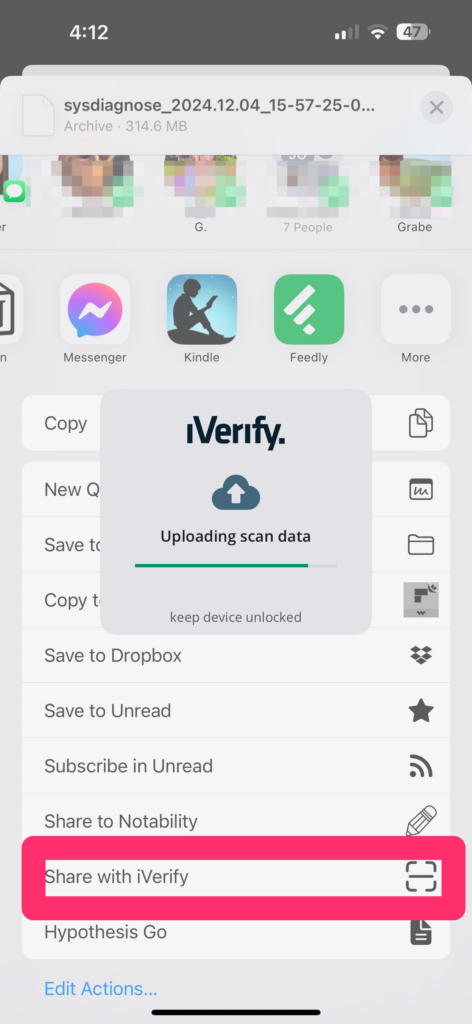
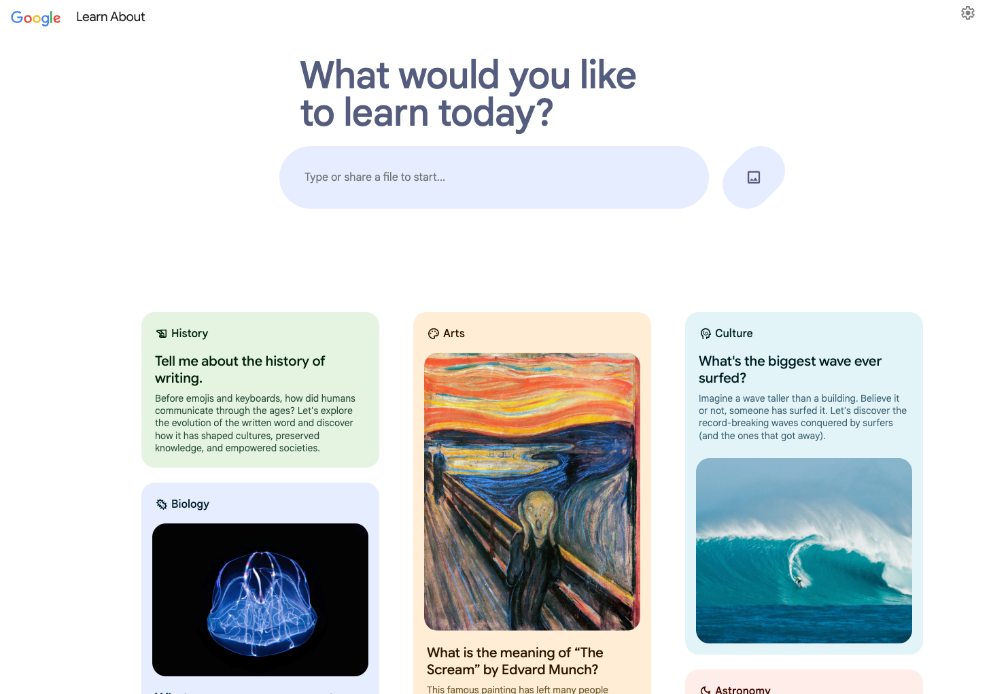
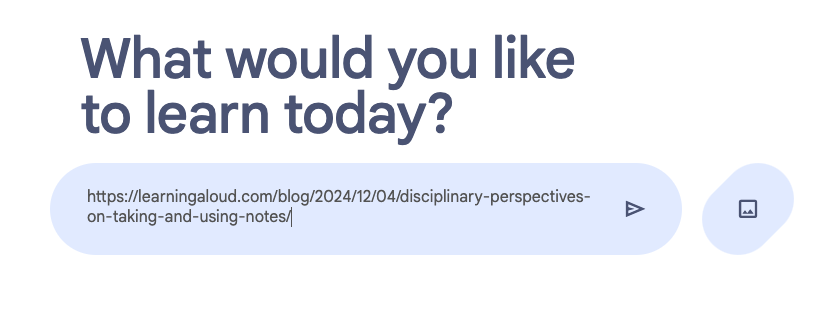
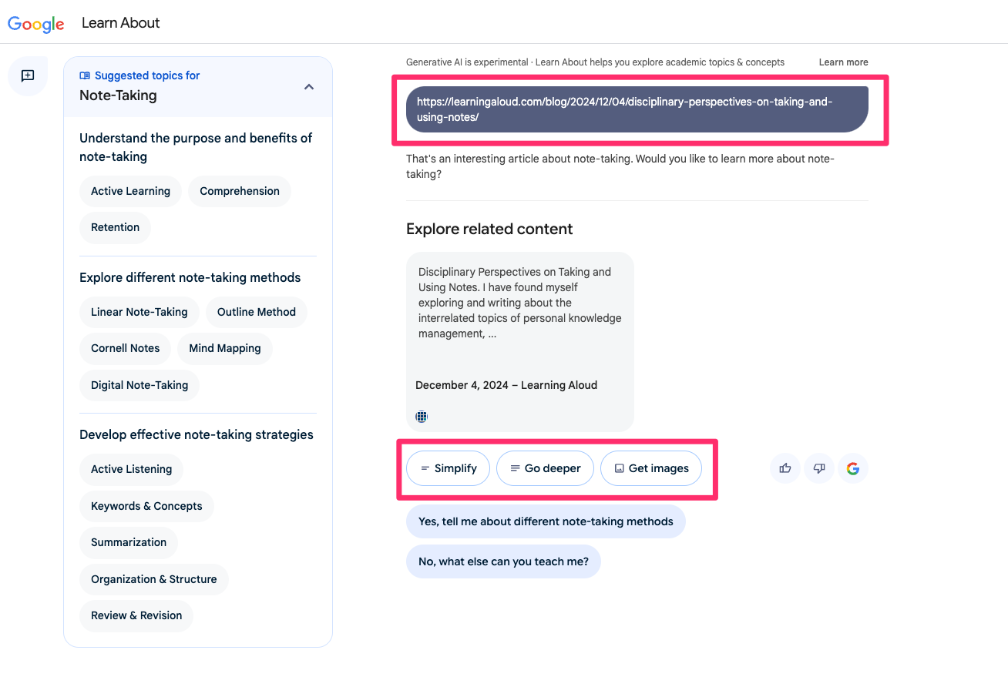
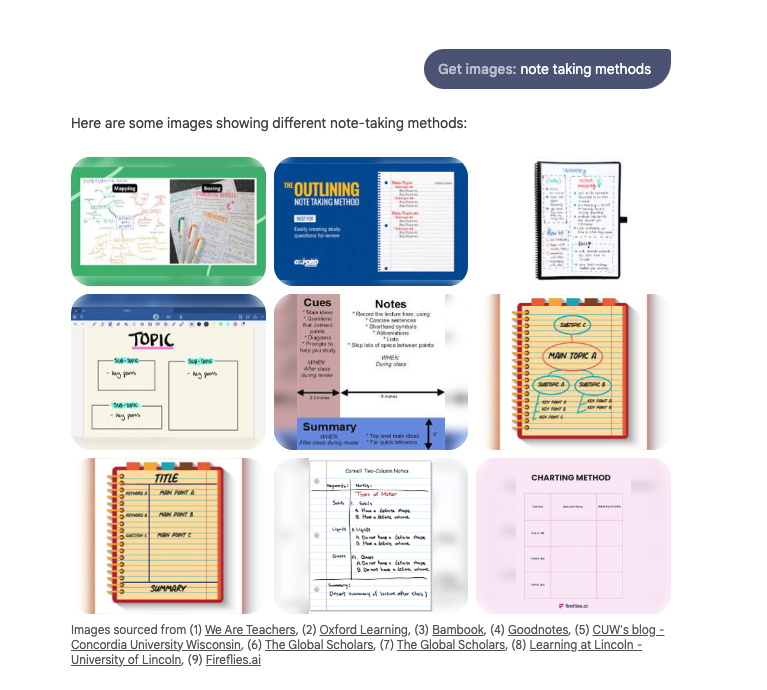
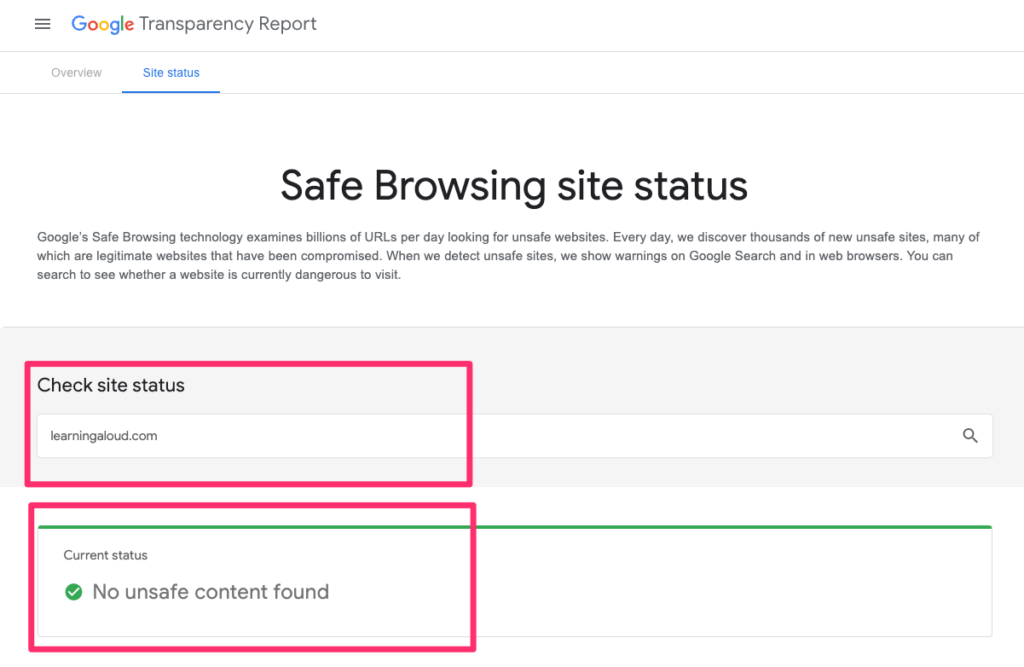
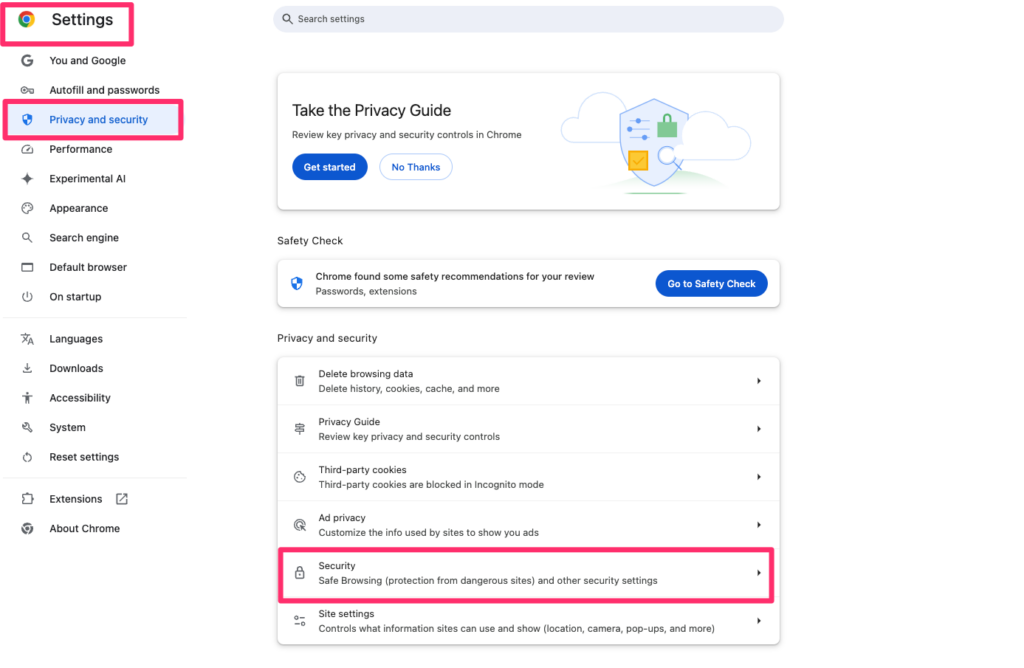
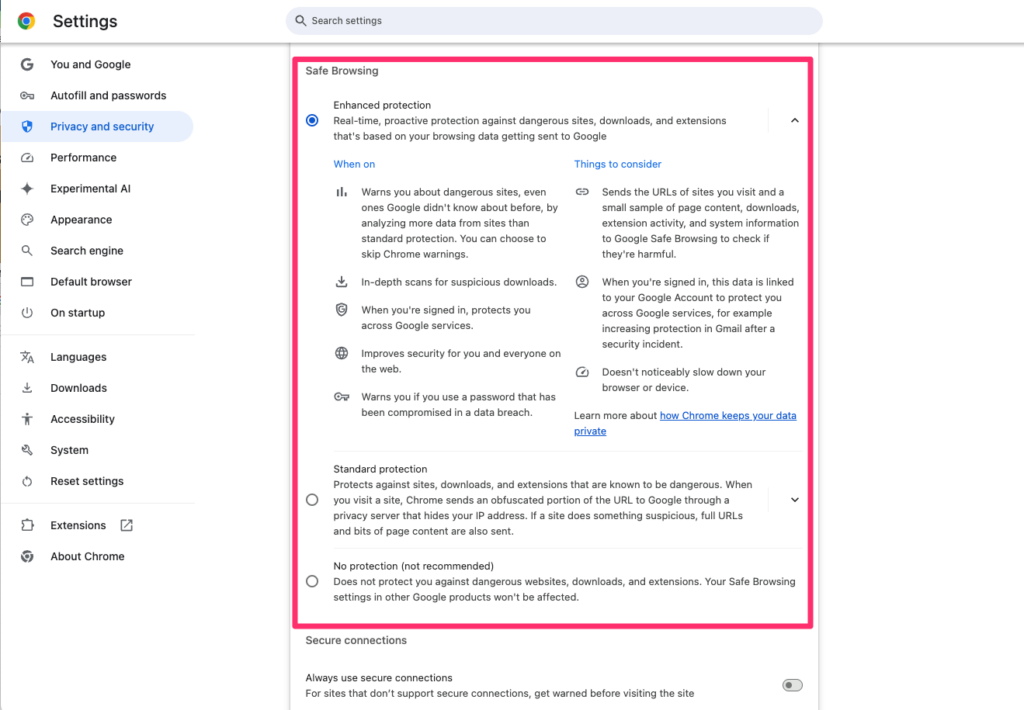
You must be logged in to post a comment.